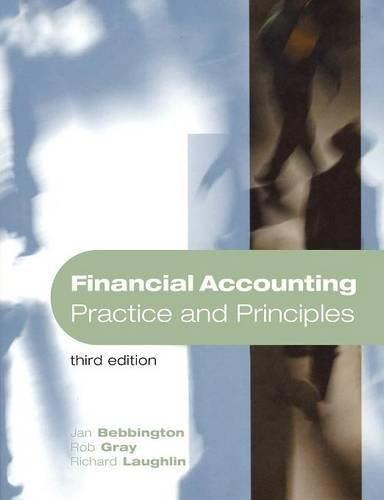

For this exercise, round all regression parameters to three decimal places. Astronomers measure brightness of stars using both the absolute magnitude, a measure of the true brightness of the star, and the apparent magnitude, a measure of the brightness of a star as it appears from Earth. The difference between apparent and absolute magnitude should yield information about the distance to the star. The table below gives magnitude difference m and distance d, measured in light-years, for several stars. Star Distance d Algol Aldebaran Capella Canopus Pollux Regulus (a) Plot d versus m. d Magnitude difference m 2.56 1.56 0.66 2.38 0.13 2.05 105 68 45 98 35 84 d 100 100 801 80 60 60 40. 40 20 20 m um 3.0 0.5 1.0 1.5 2.0 2.5 3.0 0.5 1.0 1.5 2.0 2.5 (b) Give an exponential model for the data. (Let m be the magnitude difference and d the distance, measured in light years.) d = 0.289 x 1.021m d = 33.236 x 1.573m d = 273 x 0.721m d = 2.560 x 1.261m d = 105.000 X 0.824m (c) If one star shows a magnitude difference 1 greater than the magnitude difference that a second star shows, how do their distances from Earth compare? (Use the model found in part (b).) The star with the larger magnitude difference is times as far away as the other star. (d) A star shows a magnitude difference of 1.63. How far is this star from Earth? (Use the model found in part (b). Round your answer to three decimal places.) light-years (e) A star is 52 light-years from Earth and has an apparent magnitude of 2.47. Find the absolute magnitude of this star. (Use the model found in part (b). Round your answer to three decimal places.) For this exercise, round all regression parameters to three decimal places. Astronomers measure brightness of stars using both the absolute magnitude, a measure of the true brightness of the star, and the apparent magnitude, a measure of the brightness of a star as it appears from Earth. The difference between apparent and absolute magnitude should yield information about the distance to the star. The table below gives magnitude difference m and distance d, measured in light-years, for several stars. Star Distance d Algol Aldebaran Capella Canopus Pollux Regulus (a) Plot d versus m. d Magnitude difference m 2.56 1.56 0.66 2.38 0.13 2.05 105 68 45 98 35 84 d 100 100 801 80 60 60 40. 40 20 20 m um 3.0 0.5 1.0 1.5 2.0 2.5 3.0 0.5 1.0 1.5 2.0 2.5 (b) Give an exponential model for the data. (Let m be the magnitude difference and d the distance, measured in light years.) d = 0.289 x 1.021m d = 33.236 x 1.573m d = 273 x 0.721m d = 2.560 x 1.261m d = 105.000 X 0.824m (c) If one star shows a magnitude difference 1 greater than the magnitude difference that a second star shows, how do their distances from Earth compare? (Use the model found in part (b).) The star with the larger magnitude difference is times as far away as the other star. (d) A star shows a magnitude difference of 1.63. How far is this star from Earth? (Use the model found in part (b). Round your answer to three decimal places.) light-years (e) A star is 52 light-years from Earth and has an apparent magnitude of 2.47. Find the absolute magnitude of this star. (Use the model found in part (b). Round your answer to three decimal places.)








